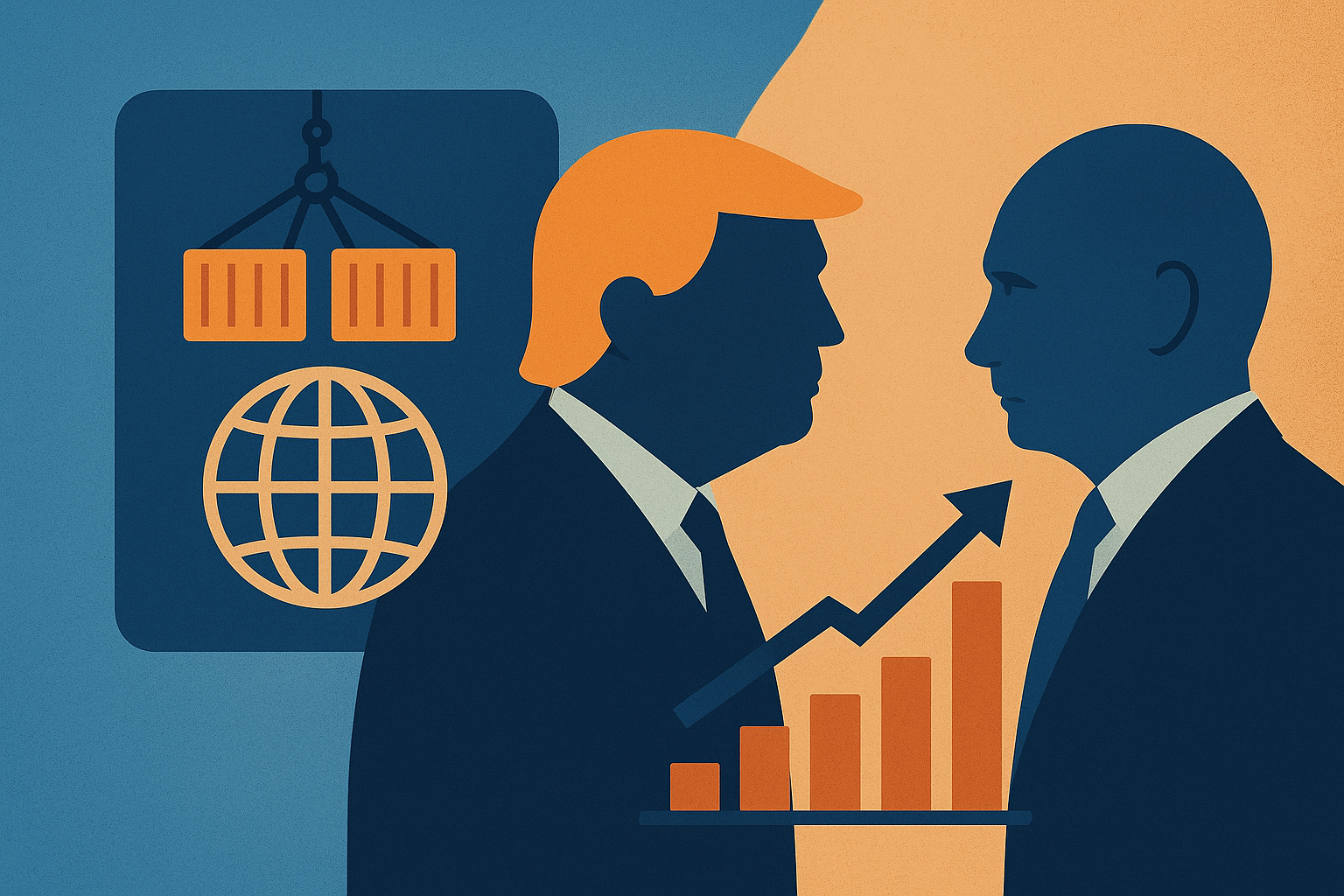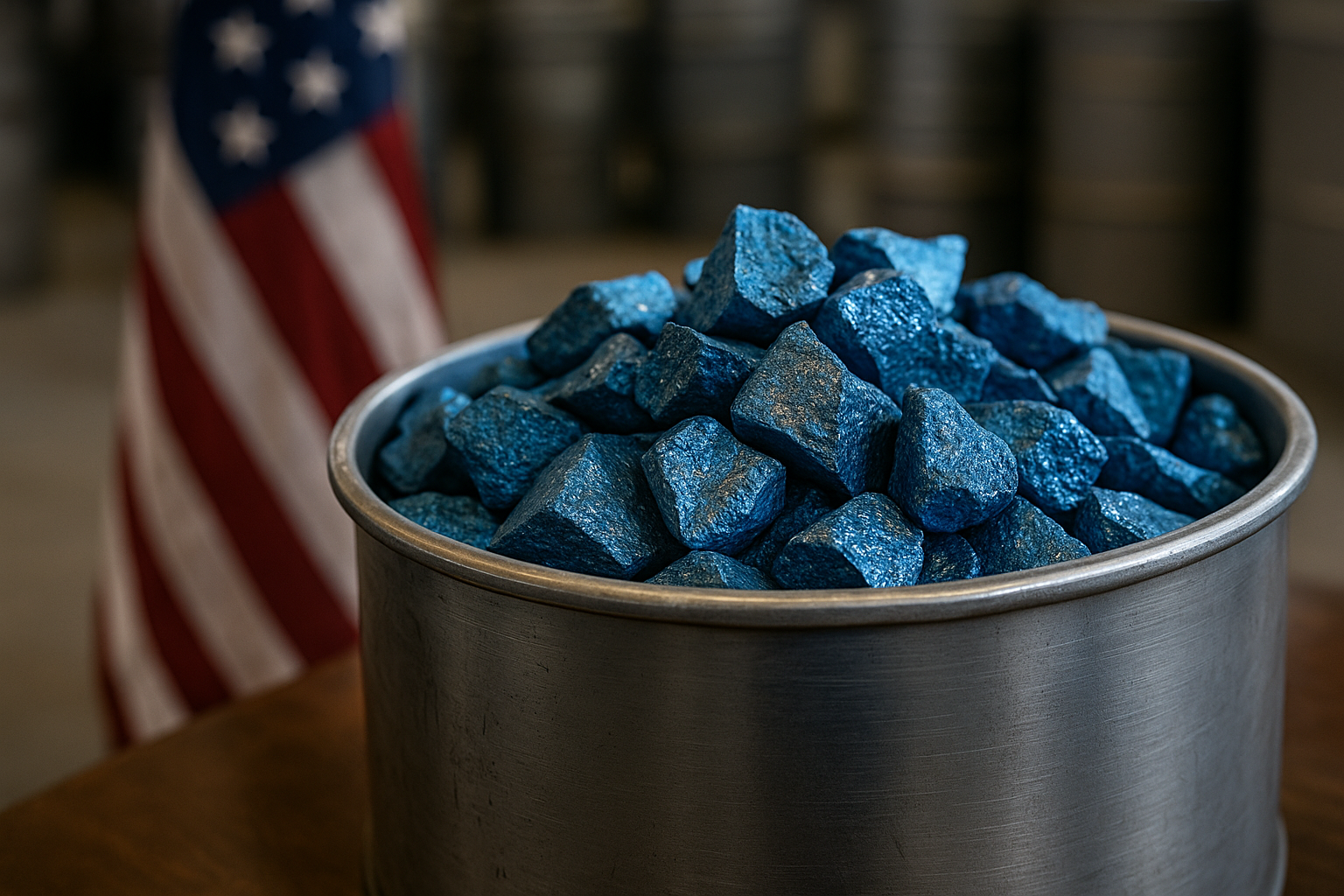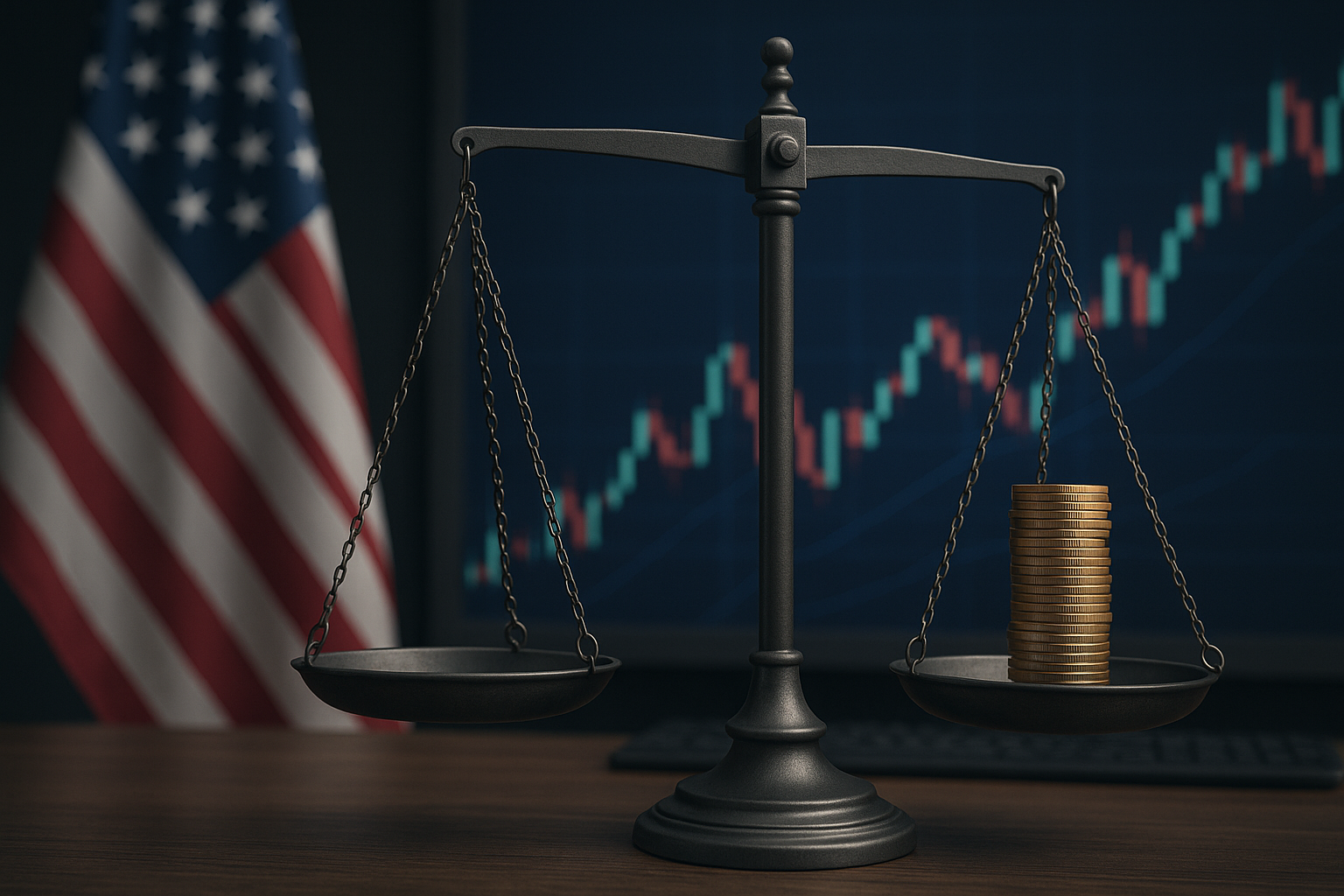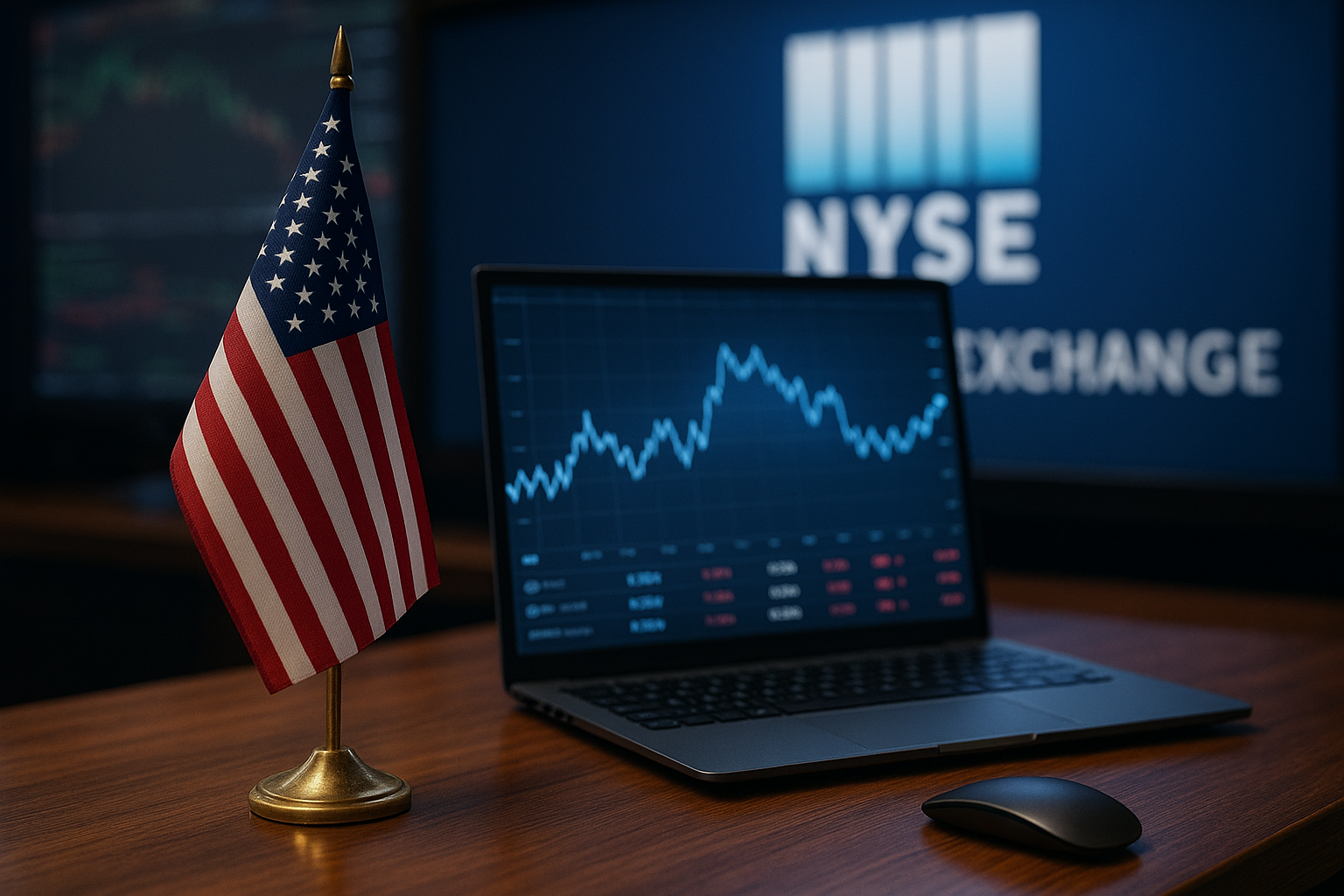Geopolitics is taking center stage in the markets this week. The high-profile Trump–Putin summit in Alaska coincided with China tightening rare-earth export controls, yet U.S. equities have remained steady—buoyed by robust corporate earnings and renewed optimism for interest-rate cuts later this year. The confluence of diplomacy, resource strategy, and macroeconomic expectations is creating an unusual backdrop of market resilience.
Why This Matters for Investors
While political summits often bring uncertainty, this meeting between Washington and Moscow has so far delivered a calming effect on investor sentiment. According to Financial Times, the summit agenda includes Arctic shipping rights, defense de-escalation measures, and resource trade negotiations—topics with direct implications for commodity supply chains and strategic industries.
At the same time, China’s Ministry of Commerce announced fresh restrictions on rare-earth element exports, a move aimed at tightening supply for countries seen as strategic competitors. Rare earths are essential in producing everything from electric vehicle motors to advanced military technology, and the U.S. currently imports over 70% of these materials from China.
These developments would typically fuel volatility. Instead, Reuters reports that global equity funds attracted $19.32 billion in net inflows last week, the highest in six weeks. Technology and precious-metals funds led the charge, suggesting investors are rotating capital into sectors poised to benefit from geopolitical realignment and commodity scarcity.
Rare Earths as a Strategic Investment Theme
Rare-earth supply disruptions have historically triggered price spikes. Following similar export tightening in 2010, rare-earth spot prices surged more than 300% within 12 months, benefiting mining companies outside China, particularly in Australia, the U.S., and Canada.
Today’s restrictions are narrower in scope but may set the stage for similar market reactions if Western nations respond with stockpiling or increased subsidies for domestic production. Mining firms like MP Materials (NYSE: MP) and Lynas Rare Earths (ASX: LYC) could see renewed interest as policymakers push for supply-chain independence.
Corporate Earnings: The Quiet Support
Beyond geopolitics, the resilience in equity markets is underpinned by a robust corporate earnings season. S&P 500 companies have posted aggregate earnings growth above 9% year-on-year, with technology, industrials, and materials sectors outperforming consensus expectations. This earnings strength has acted as a counterweight to potential geopolitical risk, keeping volatility contained.
Moreover, bond markets are signaling growing confidence that the Federal Reserve could deliver a rate cut in Q4. Lower rates would ease financing costs for capital-intensive sectors like mining, manufacturing, and technology, adding another tailwind for equities tied to the rare-earth and AI infrastructure themes.
Future Trends to Watch
- Geopolitical Resource Realignment
If China maintains or expands rare-earth restrictions, expect accelerated investments in Western extraction, refining, and recycling technologies. Watch for new joint ventures and government-backed funding in the sector. - Energy & Defense Policy Shifts
The Trump–Putin summit could produce unexpected agreements on Arctic exploration, which may open new opportunities for energy and logistics companies operating in polar regions. - Sector Rotation into Metals and Tech
Fund flow data suggests institutional investors are already positioning for a metals-and-tech-led rally. This rotation could intensify if commodity prices spike or rate cuts materialize sooner than expected.
Key Investment Insight
Investors should closely monitor rare-earth market developments and related equities in both the mining and technology sectors. The combination of geopolitical maneuvering, constrained supply, and supportive earnings trends presents a window for tactical sector positioning. However, geopolitical gains can be short-lived—maintaining disciplined entry and exit strategies is crucial.
From resource nationalism to high-stakes diplomacy, today’s political headlines are shaping tomorrow’s market winners. Stay informed with MoneyNews.Today for real-time insights on the forces moving global markets.





